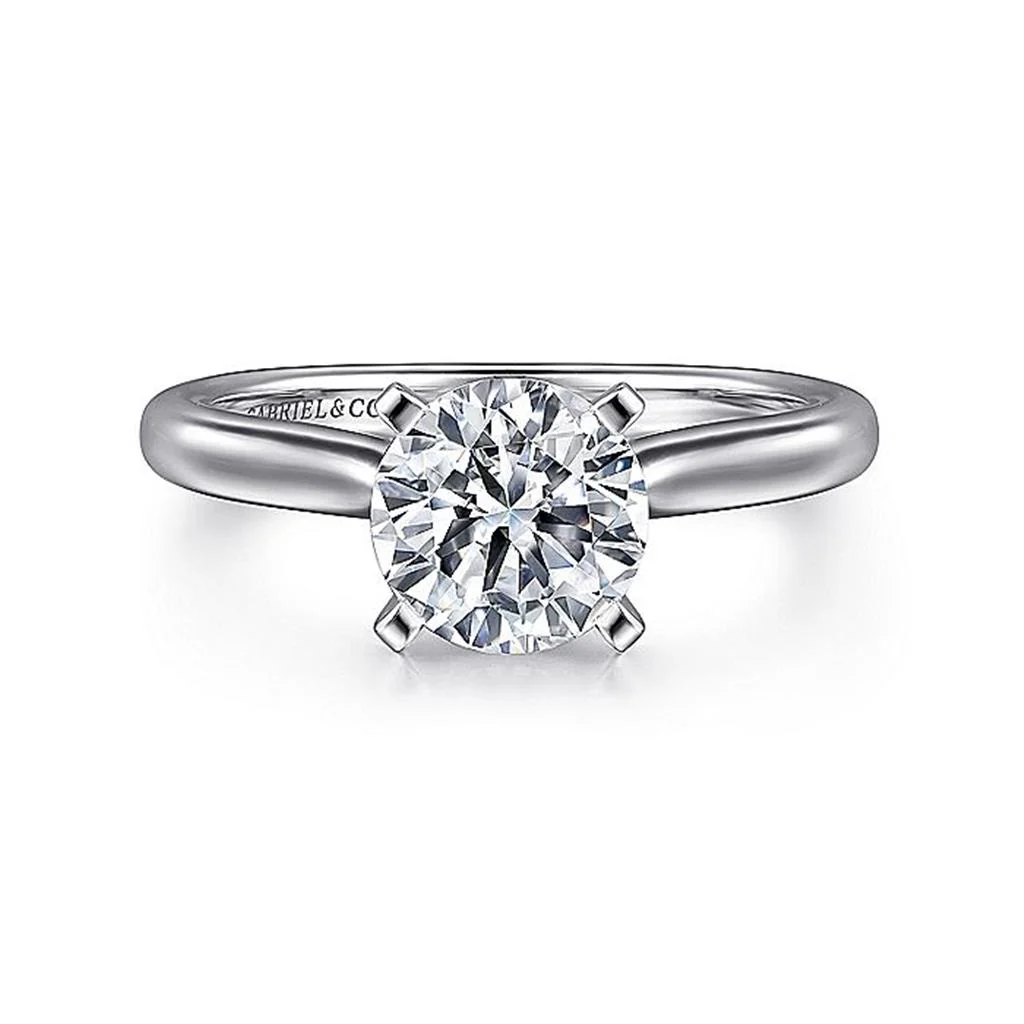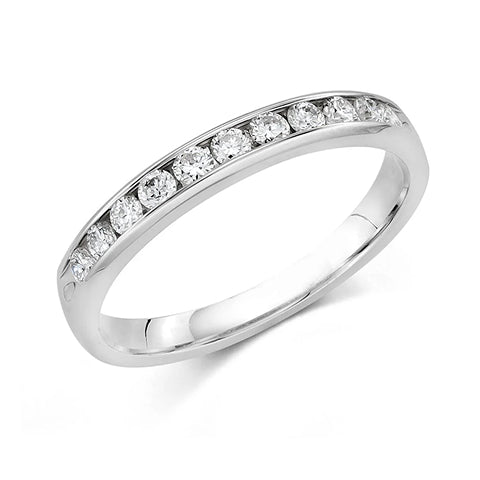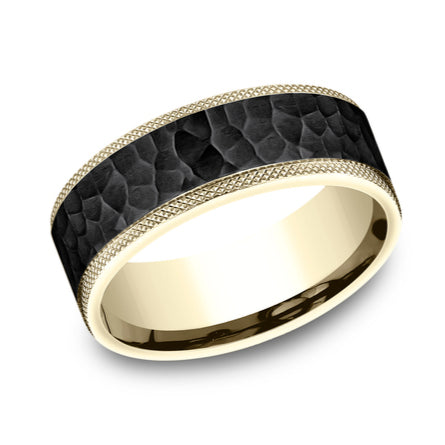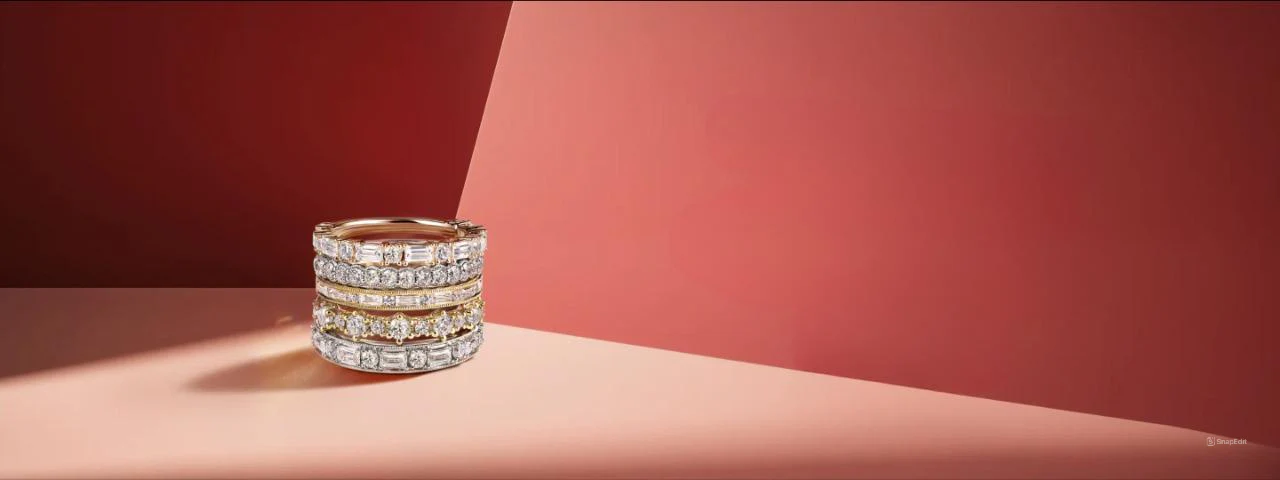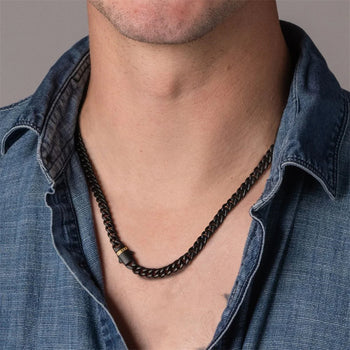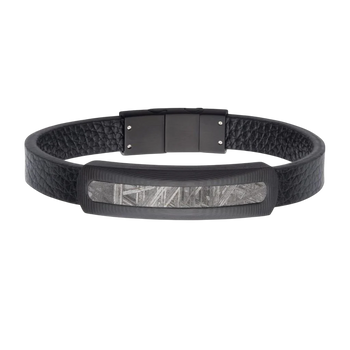
The Facts and Myths About Pearls
Key Takeaways
- Pearls symbolize wisdom, wealth, luck, and protection for the wearer.
- Some pearls are naturally harvested, while cultured pearls are “grown” on farms in a controlled environment.
- You can wear pearl jewelry every day and for any occasion, from casual to formal.
Why Are Pearls So Fascinating?
Pearls are one of the most fascinating gems due to their unique origin, shimmering beauty, and interesting history. Whether you live in the city of Brea, CA, or anywhere else in the country, it’s important to get the real facts about pearls and dispel some common myths. The meaning of pearls in different cultures represents things like wisdom, luck, generosity, loyalty, and purity due to their clean, shimmering appearance. The experts at Jeweler’s Touch have some factual information about pearls that every buyer should know.
Common Myths About Pearls
Here are some common myths about pearls and the truth behind them.
Were pearls really created from rainbow tears or lightning?
Pearls are the birthstone for June, and some cultures believe they were formed wherever a rainbow meets the earth. A popular Persian myth believed they were magically formed by lightning. However, pearls are formed when an irritant, like a piece of sand, enters a mollusk’s shell, and it secretes layers of something called nacre (or mother-of-pearl) around it.
Do pearls kill marine life when harvested?
The history of pearl harvesting involved killing the mollusk to extract the gem. However, some more ethical producers today create cultured pearls, which involve farms that use more humane interventions.
Are all pearls white and perfectly round?
When you buy pearl jewelry, you may assume that they’re all white and perfectly round. Pearls can come in a variety of colors, like light pink, peach, cream, gold, and even black. Natural pearls are found in a range of shapes that aren’t necessarily perfectly round when harvested.
Are pearls just for retro or vintage jewelry?
Many people assume that pearls are only found in retro or vintage jewelry. Pearls are beautiful yet versatile enough to be worn every day and they’re timeless appeal makes them a popular choice in modern jewelry today.
The Different Types of Pearls Explained
South Sea pearls are considered to be the most valuable, followed by Tahitian, and then Akoya pearls. Here’s some more information about the different types of pearls available.
Saltwater pearls
Saltwater pearls are native to the Arabian Gulf and are some of the most valuable pearls available. They’re known for their smooth surface, round shape, and high luster. These pearls are considered more valuable than freshwater pearls.
Freshwater pearls
Freshwater pearls are the most commonly produced types of pearls and come in a range of sizes, shapes, and colors. They’re produced inside freshwater mussels rather than saltwater oysters. The mollusks live in ponds, freshwater lakes, and rivers in China and Japan.
Imitation pearls
Imitation pearls are man-made and may consist of glass, plastic, or ground-up shells. A coating is added to the imitation pearl, which gives it a shiny appearance to mimic the look of real pearls.
How Can I Tell If a Pearl Is Real or Fake?
These tips can help you determine whether your pearls are real or fake.
Tests you can do at home
When you rub a pearl against your teeth, it should feel gritty or rough if it’s real, and smooth and slippery if it’s fake. Real pearls feel cool to the touch, while fake pearls may be room temperature or warm. If you knock two pearls together, they’ll create a dull, muffled sound when real and a hollow, clicking sound when fake.
Why professional appraisal matters
A professional pearl appraisal is performed by skilled gemologists and is the best way to verify key information about your pearls. This appraisal should include important information about things like the market value of the pearl, its origin, authenticity, and quality.
How Should I Care for and Maintain My Pearl Jewelry?
Without the proper care, your pearls may lose their beautiful shine over time. Remember these tips to care for, store, and maintain your pearl jewelry correctly.
Cleaning and storage tips
To clean your pearls, wipe them with a dry, soft cloth and only use a damp cloth when necessary. Keep your pearl jewelry away from any items that could scratch it, and store it in a soft pouch or cloth away from heat and direct sunlight.
When to bring pearls to a professional
A smart way to care for your pearls is to have them professionally cleaned once a year. You can also take them to a professional if the jewelry is damaged and you need a pearl jewelry repair service or a pearl restringing service.
Our Service Areas
Jeweler’s Touch proudly serves:
- Brea, CA ZIP codes: 92821, 92823
- Nearby areas: Fullerton, Placentia, Yorba Linda, La Habra, Anaheim Hills
- Anywhere in the US: Jeweler’s Touch offers online service and ships to anywhere in the US!
Visit Jeweler’s Touch Today!
With a unique history and an air of mystery, it’s no wonder that pearls continue to be a popular choice for jewelry today. At Jeweler’s Touch, we offer a wide range of pearl jewelry in Brea, CA, and beyond to meet your needs. To learn more or to schedule a consultation, contact us today!

